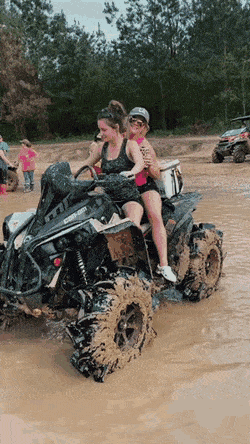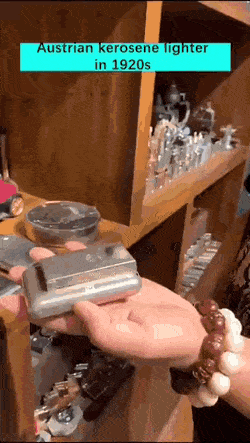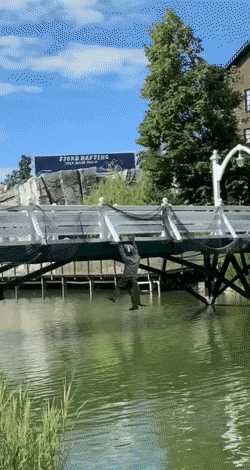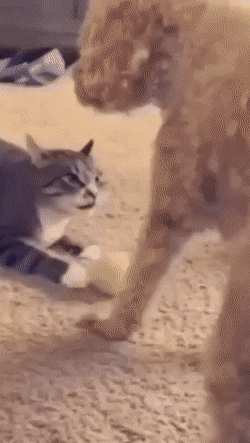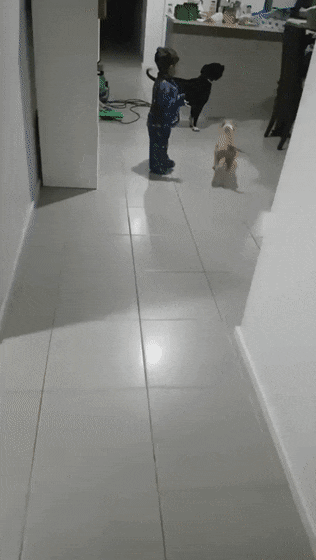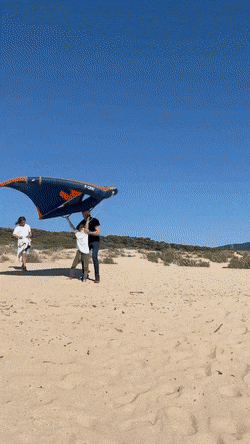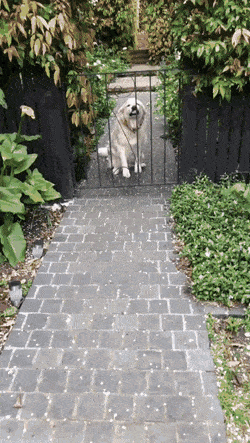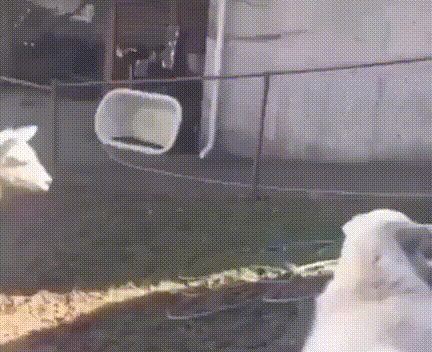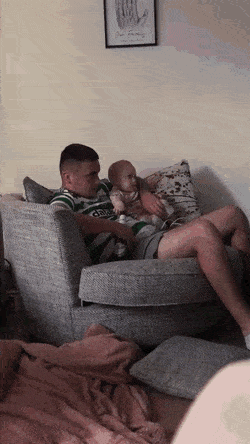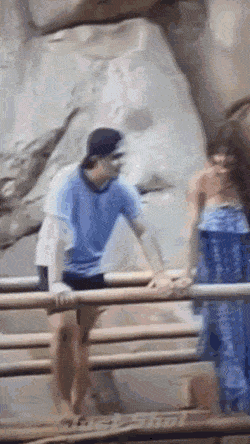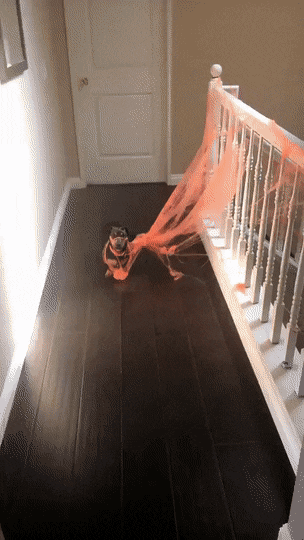Join the Hide community
Get access to live stream, lessons, the post exchange, and chat with other snipers.
Register
Download Gravity Ballistics
Get help to accurately calculate and scope your sniper rifle using real shooting data.

Install the app
How to install the app on iOS
Follow along with the video below to see how to install our site as a web app on your home screen.
Note: This feature may not be available in some browsers.
You are using an out of date browser. It may not display this or other websites correctly.
You should upgrade or use an alternative browser.
You should upgrade or use an alternative browser.
Maggie’s Motivational Pic Thread v2.0 - - New Rules - See Post #1
- Thread starter Snake-Eyes
- Start date
-
- Tags
- motivational pictures
It may be stuffed but I bet it still manages to shit on everything it doesn't tear up.
THAT is how we got our son. He is a Kitchen Aid Kid! True story!Just one more dishwasher to put a load in before bed.
@168BTHPM workin thru some shit

 www.facebook.com
www.facebook.com

907K views · 83K reactions | It's a big deal.... Loudermilk 👨🚀 #instagramreels #instagram #instagood #instalike #reelsinstagram #reelsvideo #reels #funnyclips #funnymemes #funny #funnyvideos | The Floating Space Man ©️
It's a big deal.... Loudermilk 👨🚀 #instagramreels #instagram #instagood #instalike #reelsinstagram #reelsvideo #reels #funnyclips #funnymemes #funny #funnyvideos.
 www.facebook.com
www.facebook.com
They obviously didn’t grow up in 70s or 80s. We lived for that. And the grassfire.
Lying bitch, you'd be all over that like a hog on a trough of soured corn.Not a fucking chance!
Similar threads
- Replies
- 0
- Views
- 41K

